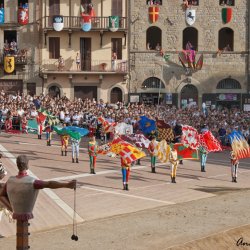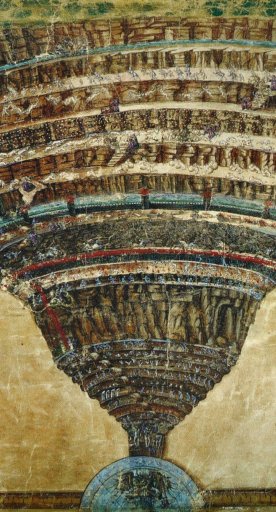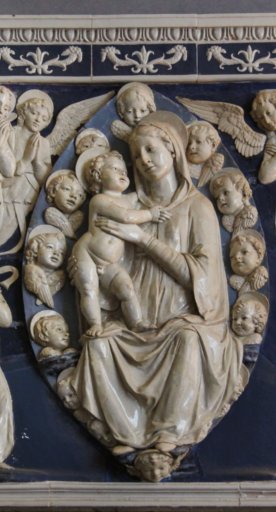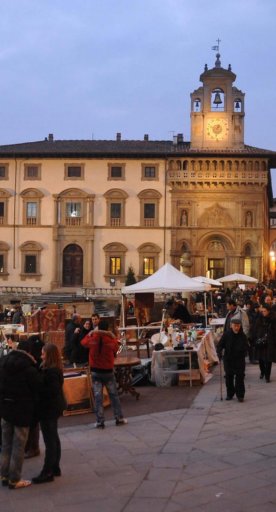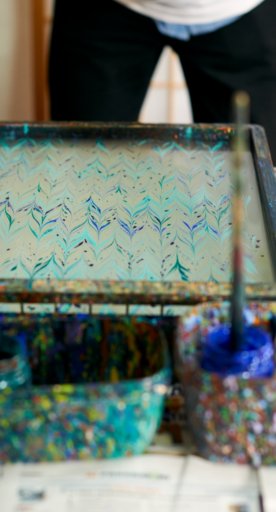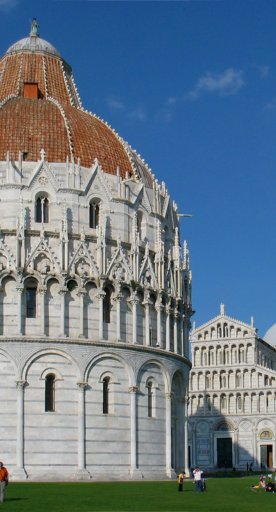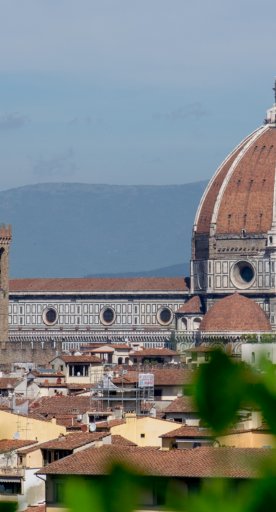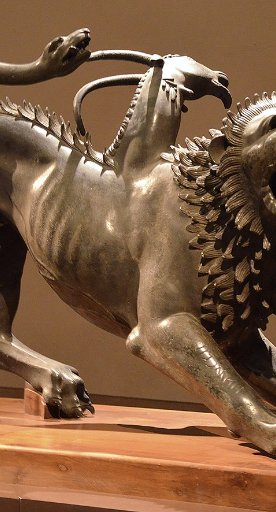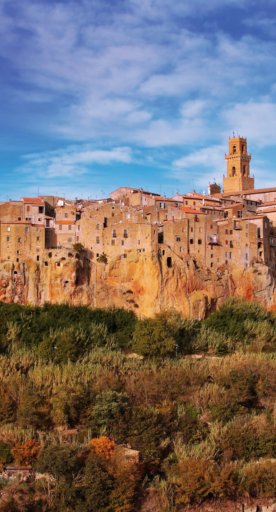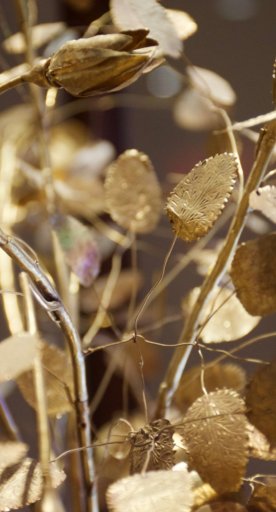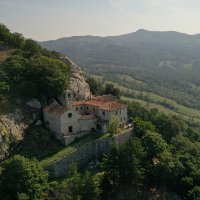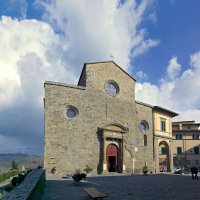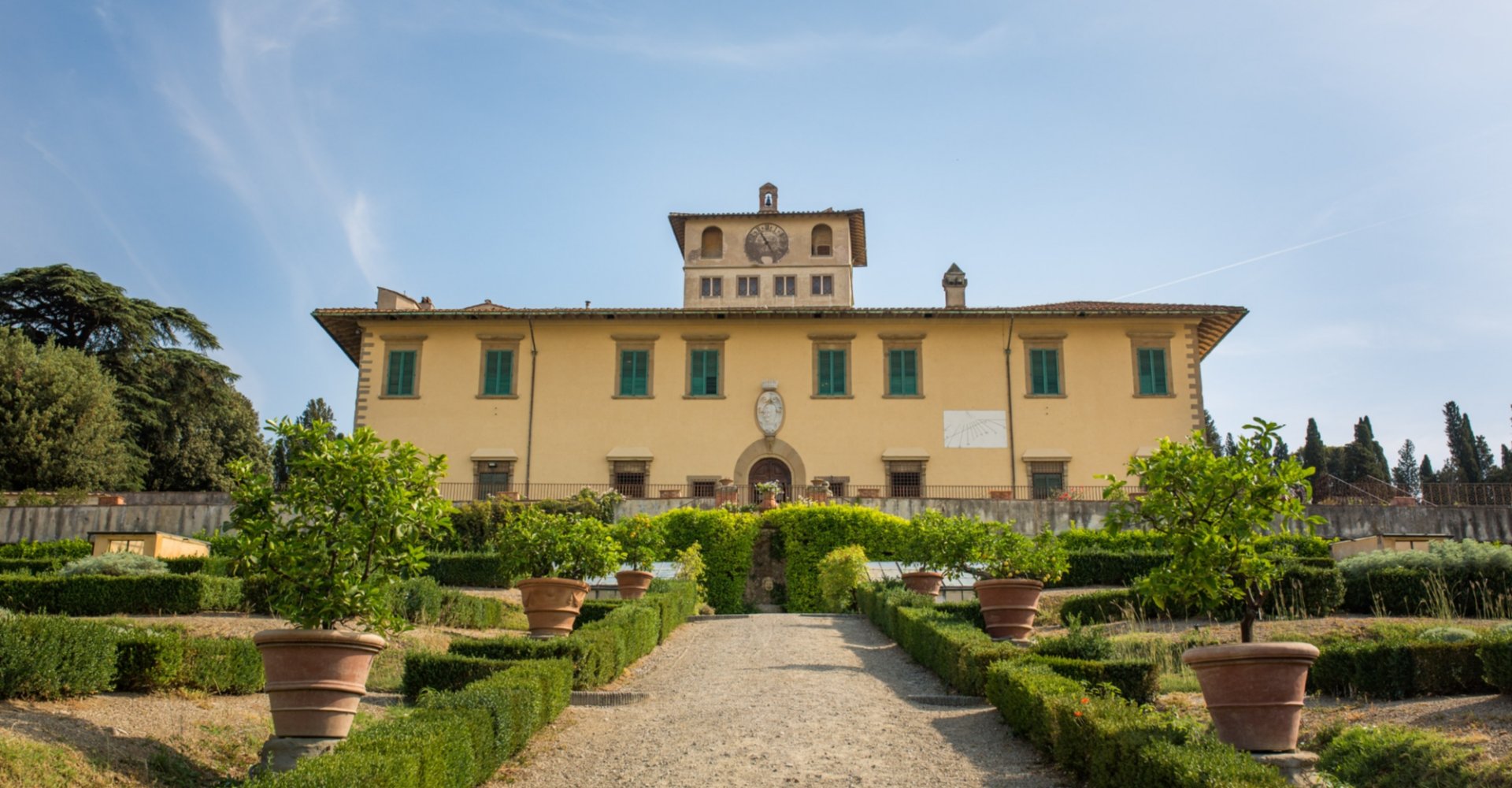

Free admission to the museums in Tuscany
Museums, archeological parks, cultural places: free admission every first Sunday of the month
A ministerial decree introduced the “Sunday at the museum”, an initiative that provides for the free admission in all state museums and archeological areas on the first Sunday of the month.
Let’s see together which are the places that can be visited for free in Tuscany!
-
1.Area in and around Florence
-
2.Arezzo
-
3.Castiglioncello and Elba Island
-
4.Lucca
-
5.Maremma
-
6.Valdinievole
-
7.Pisa and its surroundings
-
8.Prato
-
9.Siena and the Valdichiana Senese
Area in and around Florence

There is certainly no shortage of choices in Florence and surroundings.
The state museums in the city participate in the Sunday initiative, including the Uffizi Gallery - which comprises the Palatina Gallery, the Gallery of Modern Art and the Boboli Gardens, all of which are located inside the complex of Palazzo Pitti - and the Galleria dell'Accademia.
A must-see is the National Museum of Bargello that hosts an incredible collection of scupltures of the Renaissance, the Medici Chapels and the National Archaeological Museum that boasts an important collection of artifacts from Etruscan, Roman, Greek and Ancient Egyptian times. If the weather is particularly good on the first Sunday of the month, you can head to the Medici Villa di Castello, which will enchant you with its splendid gardens; the Medici Villa La Petraia and its magnificent garden on the Florentine hills; or the Medici Villa in Cerreto Guidi, an aristocratic mansion that also houses the Museum of Hunting and the Territory.
The Park of Villa il Ventaglio - a magnificent public garden that provides unforgettable views of Florence - is also free to visit and will welcome you with splendid specimens of plarans, maples and a Judas tree, a grove of holm oaks, several horse chestnuts, strawberry trees and elms.
Arezzo
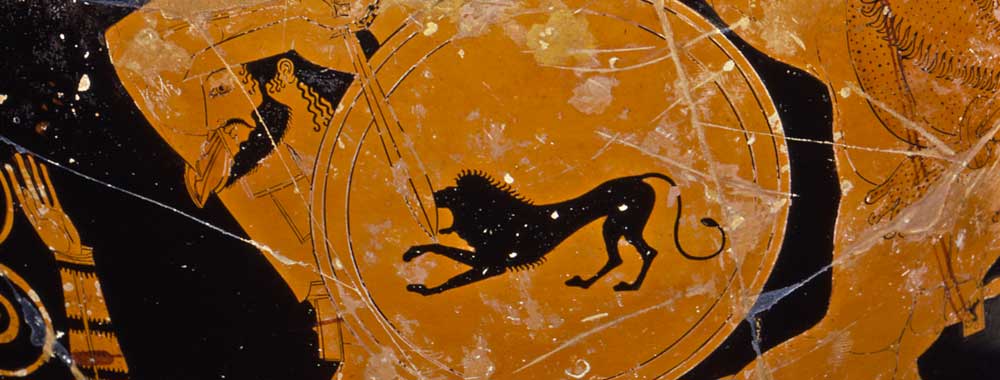
Arezzo is the perfect place for a journey through historical eras and into the heritage left by each of them.
The National Archaeological Museum of Gaio Cilnio Mecenate - which owes its name to Mecenate, a personage from Arezzo who lived during the time of Emperor Augustus and was famous as a patron of artists - preserves Etruscan jewelry, ancient coins and Roman sculptures.
The Casa Vasari Museum, dedicated to painter, architect and sculptor Giorgio Vasari - born in Arezzo itself in 1511 - is a rare example of a late Renaissance artist's home.
Castiglioncello and Elba Island
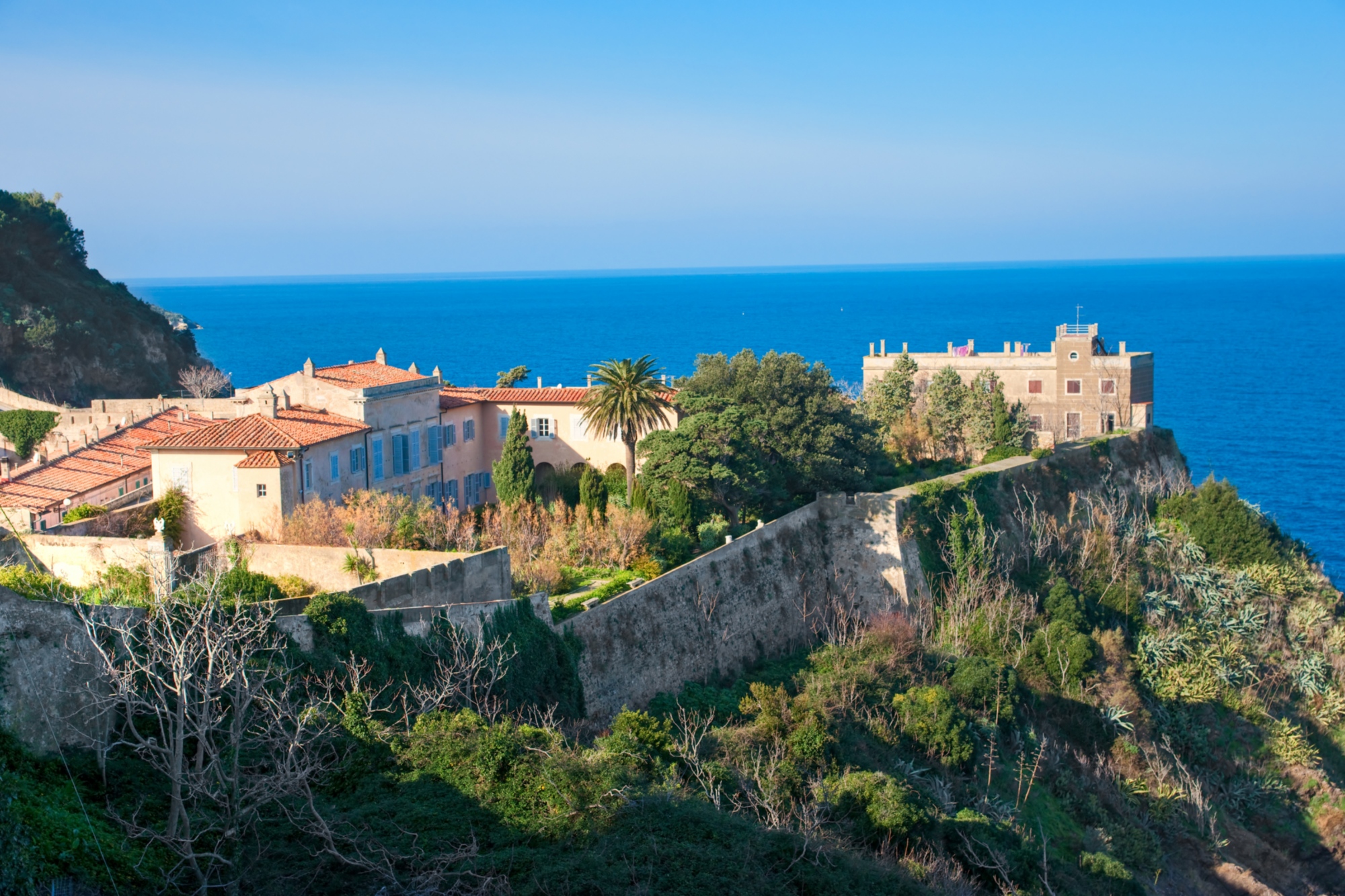
In Castiglioncello, the State Archaeological Museum offers a selection of artifacts from the necropolis, including the splendid alabaster urn from the 2nd century B.C. that contained the ashes of Velia Cerinei, an Etruscan woman of high rank.
On the Elba Island, in Portoferraio it is possible to visit the two houses of Napoleon who, right here, was exiled in 1814: Villa San Martino - bought as a summer residence, which then remained unoccupied - and the Palazzina dei Mulini, in which are preserved relics, furnishings, furniture of the period and part of the interesting library taken with him by the emperor and later donated to Portoferraio.
Lucca
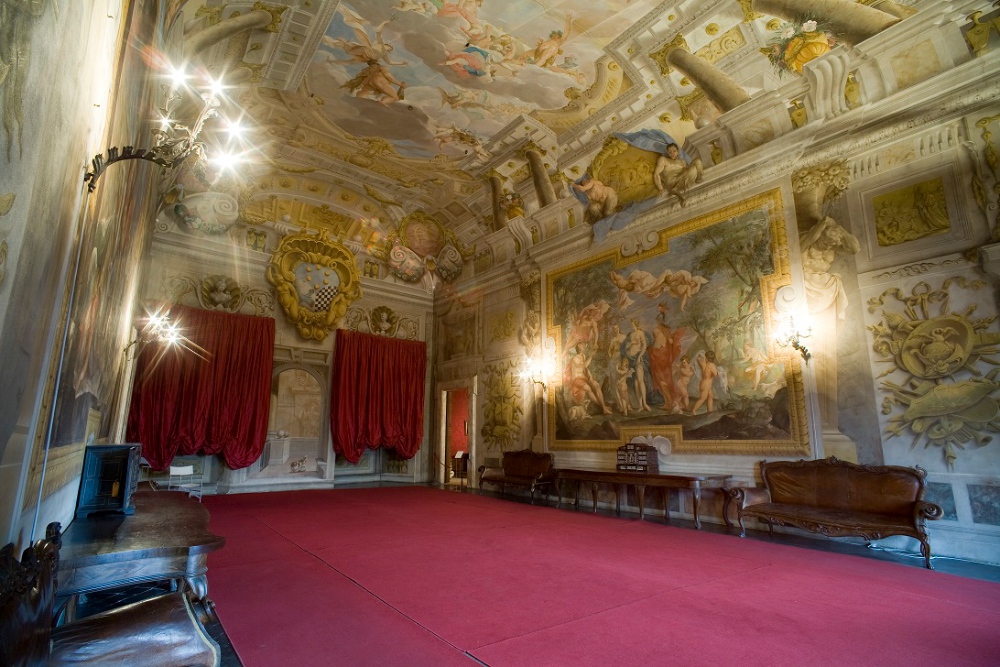
In Lucca there are two museums which adhere to the initiative: the National Museum of Villa Guinigi - that traces the history of the city and of its territory through an extraordinary collection of works of figurative art from the early Middle Ages to the eighteenth century - and the National Museum of Palazzo Mansi - which is housed in one of the city's most sumptuous stately homes and has recently been restored for use as a museum, while retaining its appearance as a formal representation place with frescoes, stucco, furniture, tapestries, upholstery.
Maremma
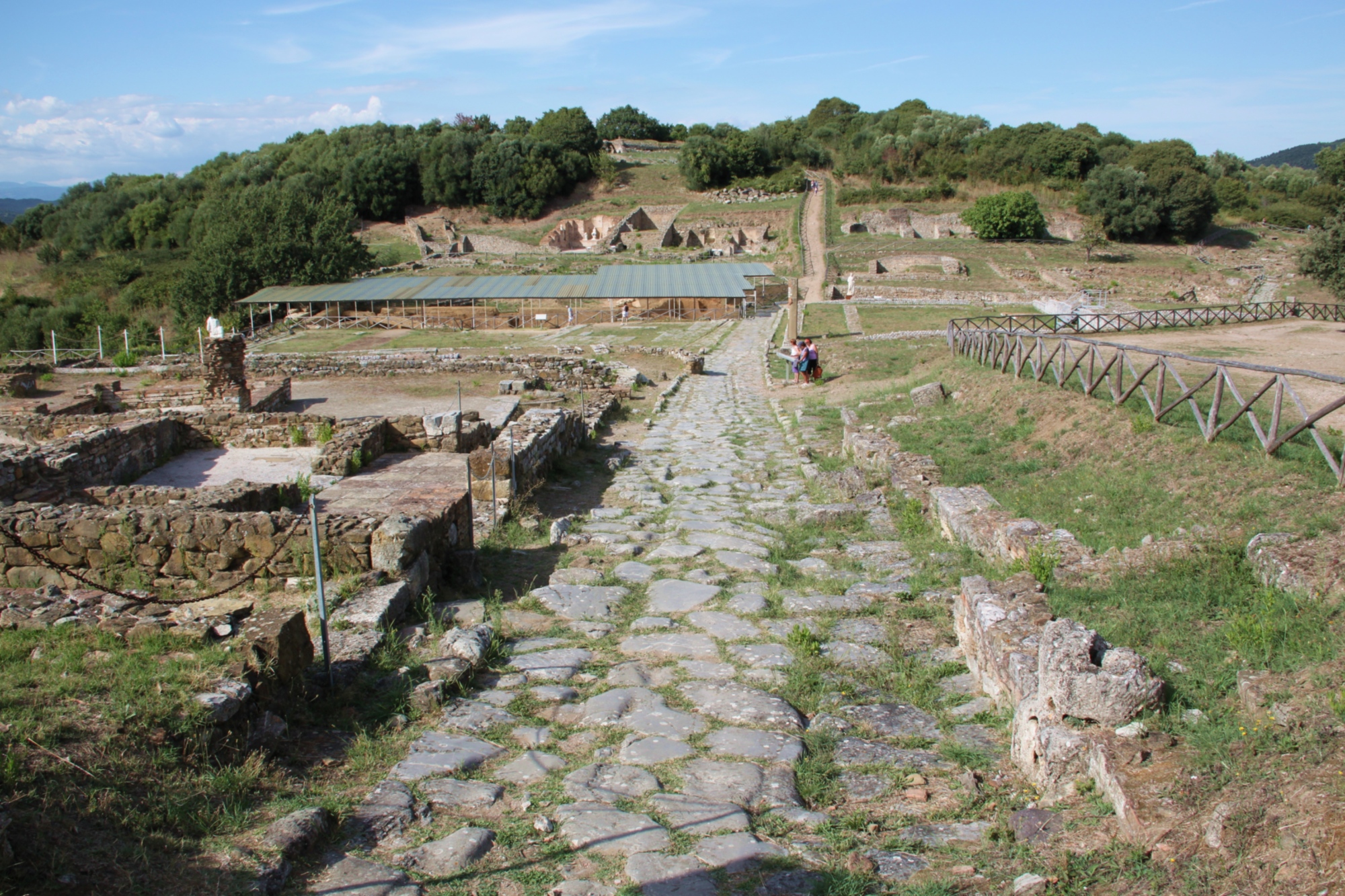
Even Grosseto boasts an ancient history, with numerous Etruscan sites dotting the area.
Vetulonia was one of the twelve most important Etruscan cities and the archaeological area, in today's Castiglione della Pescaia, displays its history through the discoveries made in the late 19th century by Isidoro Falchi.
Just outside Grosseto you can visit the Archaeological Area in Roselle, one of the most important cities in Etruria.
The National Museum of Archeology and Ancient City of Cosa is located, instead, in Orbetello: it is dedicated to the Roman history of the area and preserves artifacts from this city founded in 273 B.C.
Valdinievole
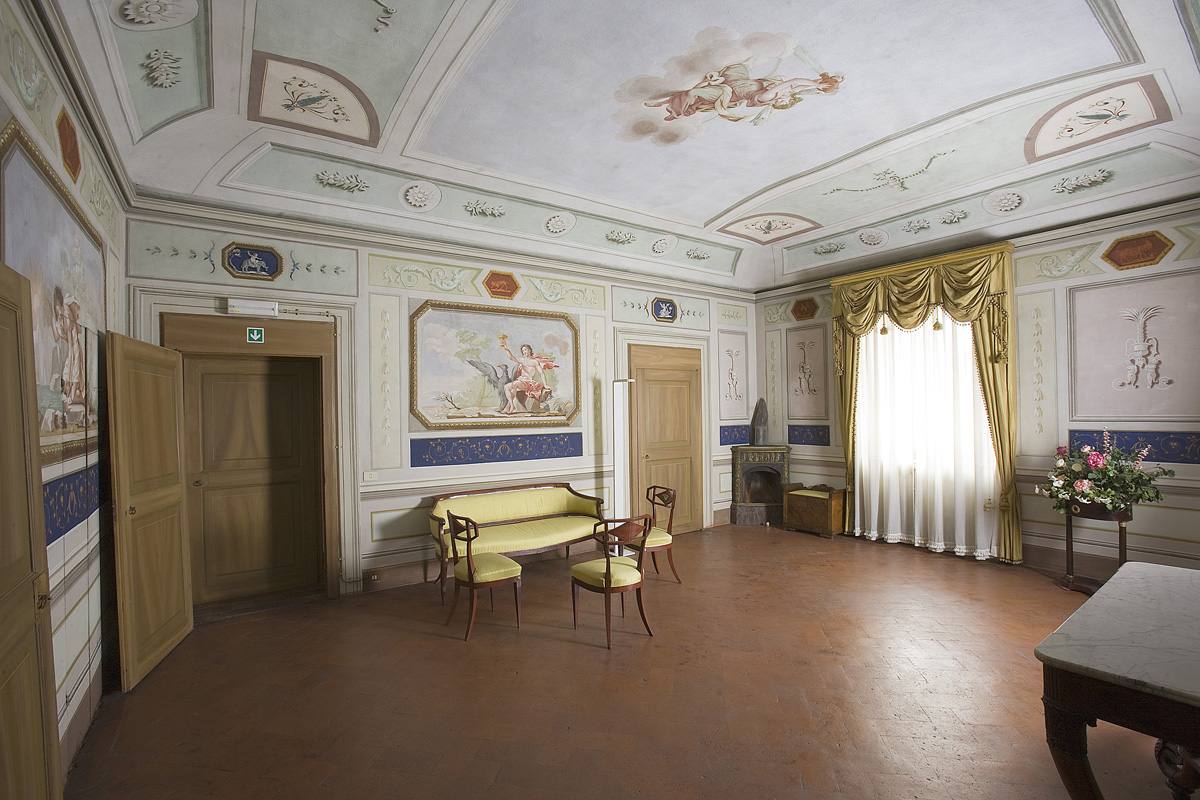
One of Italy's most beloved poets, Giuseppe Giusti, was born in the province of Pistoia, in Monsummano Terme: today it is possible to visit the Casa Museum dedicated to him and which turns out to be his childhood home.
Pisa and its surroundings
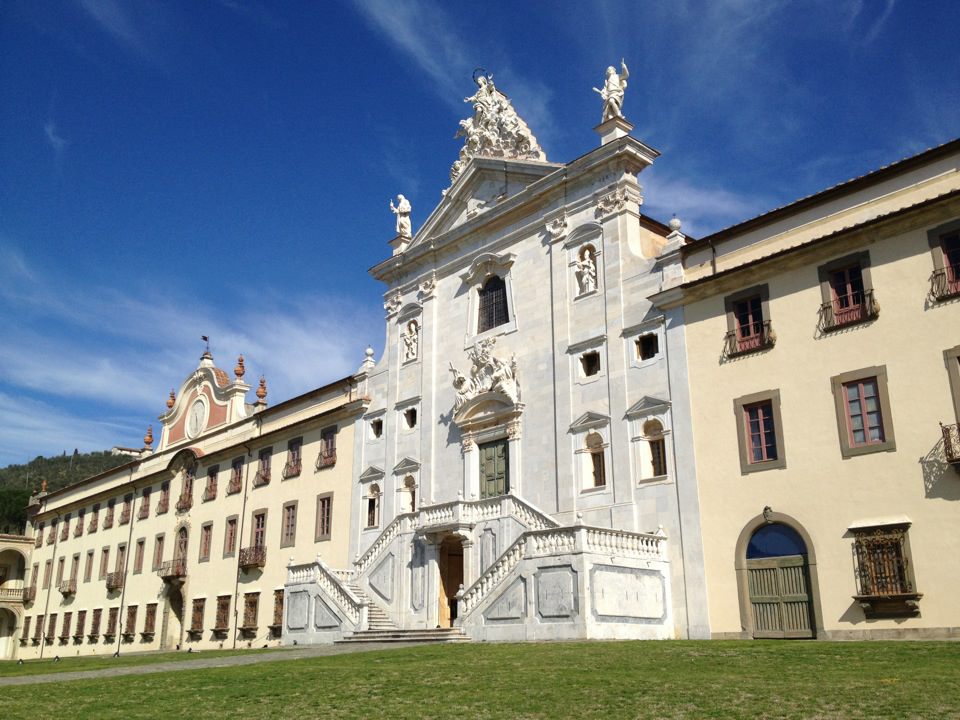
Pisa is undoubtedly the land of the hugely popular Leaning Tower, but a visit to the Botanical Garden and Museum, a green oasis in the heart of the city with exotic plants and centuries-old trees, will not disappoint the expectations of the most curious.
Again in the city is located the National Museum of San Matteo where the masterpieces of the art of Pisa from the thirteeenth to the fifteenth centuries are on display.
Only ten kilometers from Pisa, in Calci, you will find the famous Certosa, a hermitage founded in 1366 where you can learn the history of the Certosa's monks who lived here until 1972.
Prato
Prato, too, offers several possibilities: starting from the Comeana Archaeological Area, whose main attraction is the large Montefortini Tumulus, to the Medici Villa in Poggio a Caiano, an architectural masterpiece by Giuliano da Sangallo - wanted by Lorenzo de' Medici - enriched by the pictorial marvels of Filippo Lippi, Andrea del Sarto and Pontormo and the majestic gardens in which rare plant species and some terracotta statues can be admired.
Siena and the Valdichiana Senese

A land of beautiful landscapes, history and incredible museums, the Siena area is the perfect place to spend your first Sunday of the month.
The National Art Gallery is one of the city's most famous museums and boasts an incredible collection of Renaissance works from the school of Siena.
In the town of Chiusi, the National Etruscan Museum preserves Etruscan, Roman and Longobard objects found in the area, while in the surrounding countryside, in Poggio Renzo, is located the necropolis, which houses a testimony of great archaeological value: the Tomb of the Monkey, whose origins date back to 480-470 B.C.

